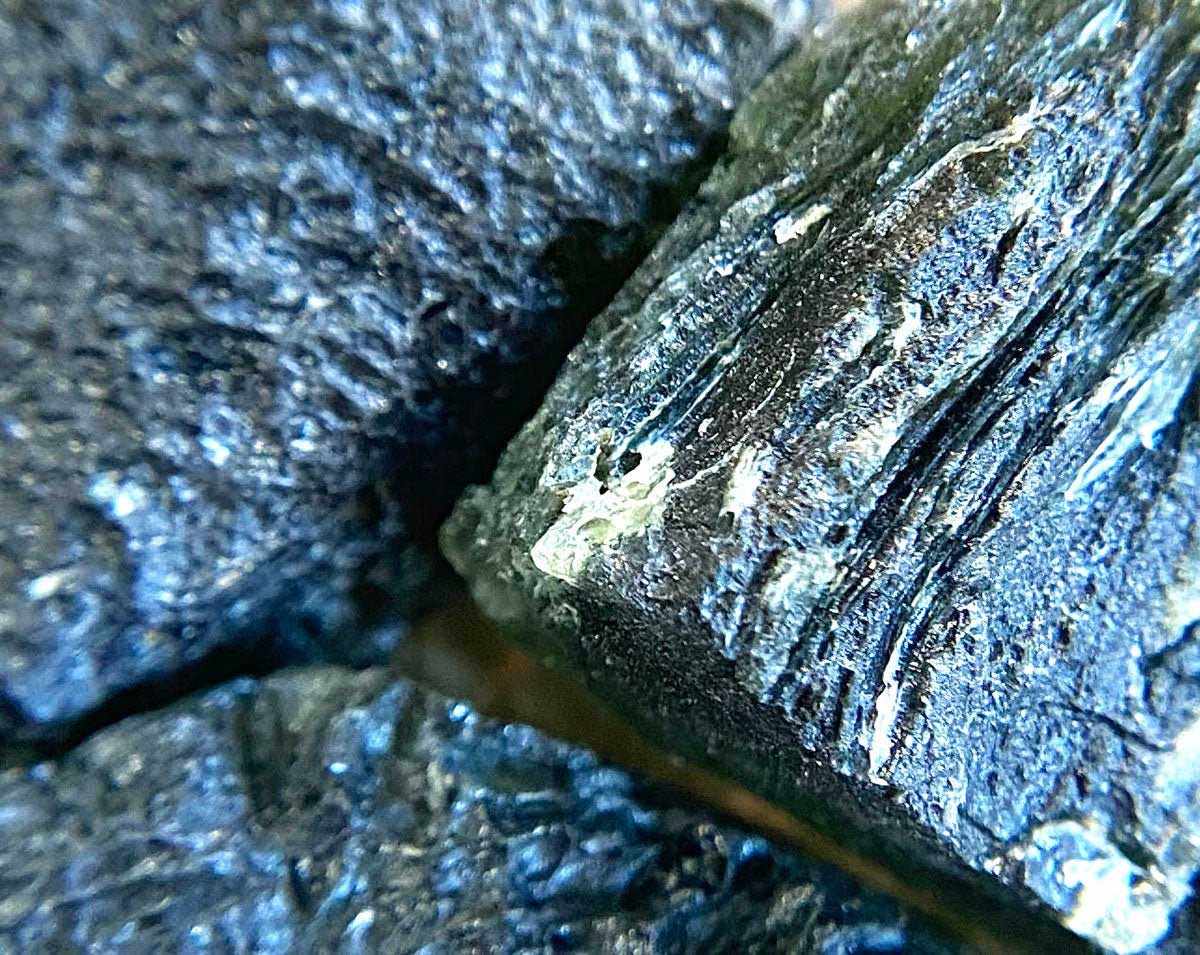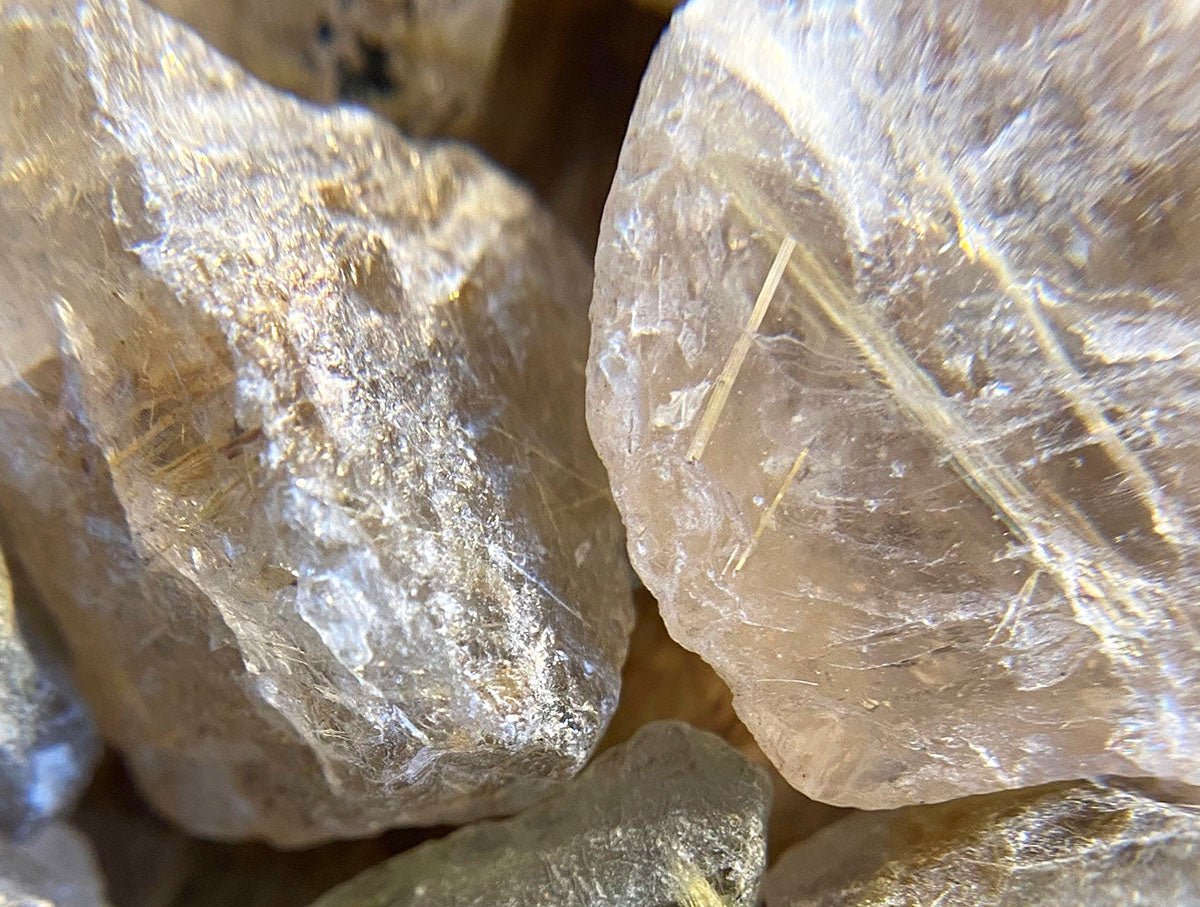
What Is Moldavite Used For? - Meaning, Uses & Properties
Originating in the cosmos, moldavite crystal is believed to have formed roughly 15 million years ago when an asteroid hit the earth, and due to the intense heat and impact, a glassy gem formed in the crater site. Since humanity first discovered moldavite, it has been associated with the stars and the unseen metaphysical world.

This mossy green colored gem has been used by humankind for millennia, though often it has been confused or mislabeled as ‘emerald’ owing to its generally mossy green hue. Moldavite is still believed to have wonderful healing properties. When worn as on a necklace or as a moldavite bracelet, the user is said to feel the metaphysical properties of moldavite's intense vibration, which are thought to open up the chakras, particularly the heart chakra, and provide energetic and spiritual healing.

Moldavite is regarded as a ‘high vibrational stone’ and accordingly, adherents will hold a moldavite crystal to ‘charge’ it and afterwards leave it somewhere, often in the sunlight, to work its magic.
How was moldavite formed?
About 15 million years ago the Ries and Steinheim craters located in south-eastern Germany, Czechia and Austria were created upon impact from a large asteroid which broke into two pieces before smashing into the ground.
The intense heat and impact of the extraterrestrial hunk of rock caused major displacement of molten rock, which flew up beyond the atmosphere and fell back down to earth. The feathery texture on the exterior of the stone is a result of this travel.

Is my moldavite real?
Texture and size are two other giveaways: moldavite is a tektite, meaning it is a silicate-based glassy crystal formed due to the impact of an asteroid. The formation process is quick, messy and imperfect. Moldavite crystals will never naturally be smooth. They contain irregular indents and ridges, come in differing shapes and sizes and will never be uniform.

Genuine moldavite also contains bubbles known as Lechatelierite inclusions. If you view moldavite under a magnifying glass, you should expect to see these bubbles, which are particles of sand or gasses which did not have time to escape during the cooling process. Moldavite ranges from 6.5 to 6.9 on the Mohs Hardness Scale, making it quite hard and scratch resistant.
Who used moldavite?
There is an old legend about Lucifer and his battle against the Archangel Michael. Archangel Michael delivers a blow to Lucifer’s crown, knocking out an ‘emerald’ which then falls from the heavens and crashes into earth, much like our beloved moldavite!
In some versions of the legend, particularly the Arthurian quest for the Holy Grail, the Holy Grail stone itself was this chunk of heavenly ‘emerald’, dutifully carved up into a chalice by an angel and used by Jesus during the Last Supper.

In Western tradition, Lucifer is always linked with Venus, the ‘Morning Star’, the ‘bringer of light’, as is Sanat Kumara from the east! Another connection between the two is that Lucifer has been given the moniker ‘Prince of Earth’ whilst Sanat Kumara retains the title ‘Lord of the Earth’. The Cintamani stone was used for inspiration in the Dragon Ball anime series, as well as the Uncharted 2: Among Thieves video game.
Why choose moldavite jewelry?

Owning moldavite necklaces, bracelets, pendants, rings or earrings is guaranteed to be a conversational piece, and you can be assured that you will stand out. That being said, the demand for moldavite is increasing and consequently, so are the imitation/fake pieces of moldavite. Moldavite works very well for someone who wants an eye-catching piece with a storied history and a connection to the stars!
To get your own unique piece of jewlery made from genuine moldavite, check out our made to order moldavite jewelry.



